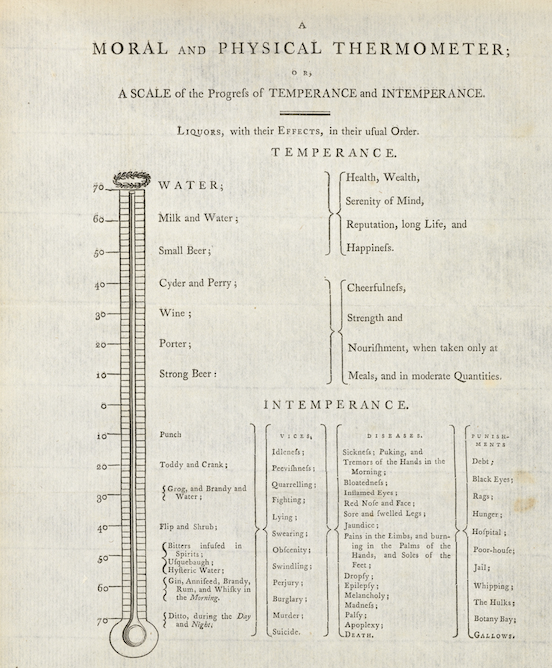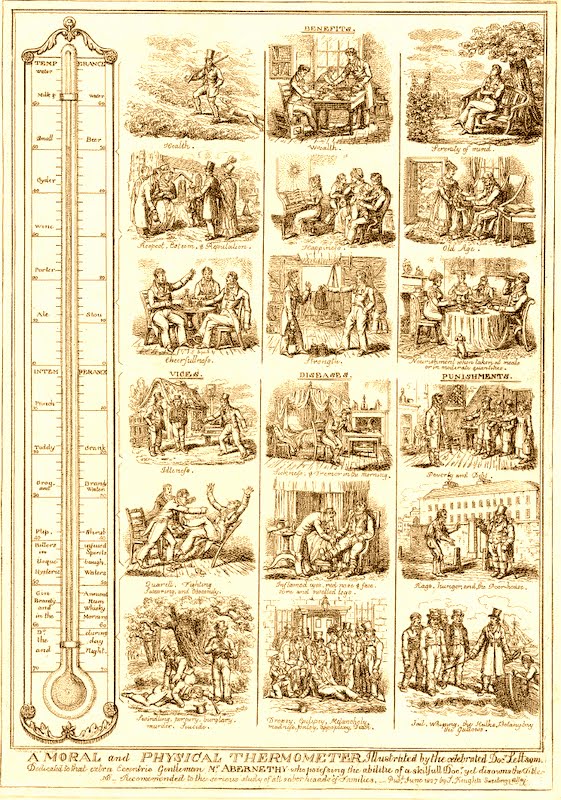In one of my favorite Woody Allen films, Sweet and Lowdown, Sean Penn plays Emmett Ray, a fictional jazz guitarist who embodies the titular qualities in equally great measure. “Already considered peerless among American jazz guitarists,” Ray admits of only one rival—Parisian gypsy guitarist Django Reinhardt, whom Emmett worships, obviously patterns himself after, and can’t stand to see in person without fainting dead away. Where Ray is a tremendously convincing creation of Allen and Penn, Reinhardt was very much a real musician, and was indeed the reigning king of jazz guitar from the 1930s to the 50s. Reinhardt’s incredible skill is all the more impressive considering he only had use of three fingers on his left hand due to injuries sustained in a caravan fire in 1928.
Reinhardt and jazz violinist Stéphane Grappelli founded the Quintette du Hot Club de France in 1934, and in the forties, Reinhardt began composing, and toured England, Switzerland, and the U.S. as a soloist with Duke Ellington’s band. He recorded his final album, Djangology in 1949, retired in 51, and died in 53, already a legend, “one of the few European musicians to exert a serious influence on the American art form of jazz,” writes an NPR “Weekend Edition” profile. Django’s playing, “at times joyous, fierce and lyrical,” draws heavily on his Roma roots while mastering the vocabulary of swing—a language, it seems, still new to many audiences in 1938, when the film at the top of the post, Jazz “Hot,” was made.
In a previous post, Mike Springer points out the “didactic tone” of the first couple minutes of the documentary, created by Reinhardt’s manager Lew Grade in order to familiarize the British public with jazz in advance of the quintet’s first UK tour. The film “really comes alive when Django arrives on the screen,” playing an arrangement of the popular French song “J’attendrai.” Prior to the UK tour, the Quintet du Hot Club traveled to the Netherlands and played The Hague. See them in the Dutch film clip above, beginning at 0:34. Grappelli solos while Django holds down the rhythm.
By 1944, Reinhardt was well known to jazz lovers and musicians alike, appearing at the upscale Paris cabaret Bal Tabarin in the footage above at 2:54, following a clip of Marlene Dietrich looking on from the audience.
In 1952, the year before his death, Reinhardt was famous enough to be cast alongside Louis Armstrong and Sidney Bechet in the French-Italian film La Route de Bonheur (titled Saluti e baci in Italy). In this clip, Reinhardt entertains a packed train car. The song dubbed over the footage is Nuits de St. Germain des Pres.
See much more film and photography of Django Reinhardt and his famous quintet in this biographical documentary, The Genius of Django Reinhardt. Described as an unstable and childlike man capable of the most unusual whims, the portrait of Reinhardt, practically the inventor of jazz guitar, traces his life from birth in a Roma encampment in Belgium to his final years in semi-retirement. And for even more Django, don’t miss this French documentary film, Trois doigts de genie.
Related Content:
Jazz ‘Hot’: The Rare 1938 Short Film With Jazz Legend Django Reinhardt
Django Reinhardt and the Inspiring Story Behind His Guitar Technique
Josh Jones is a writer and musician based in Durham, NC. Follow him at @jdmagness.




